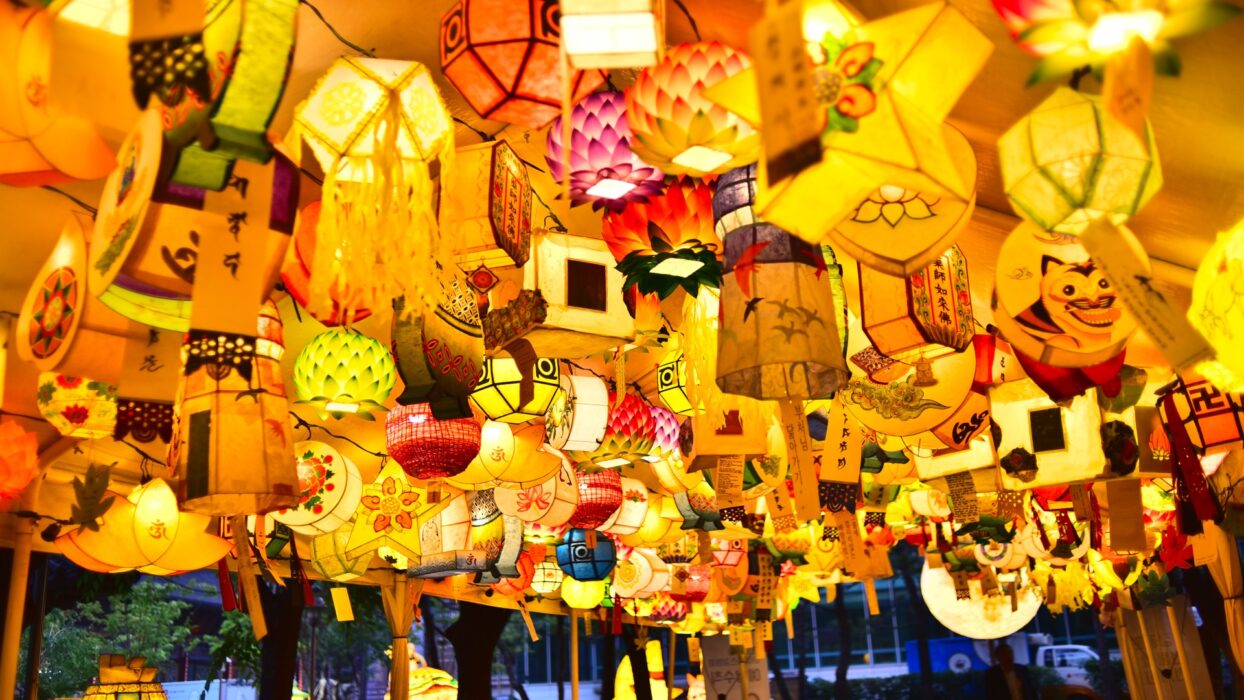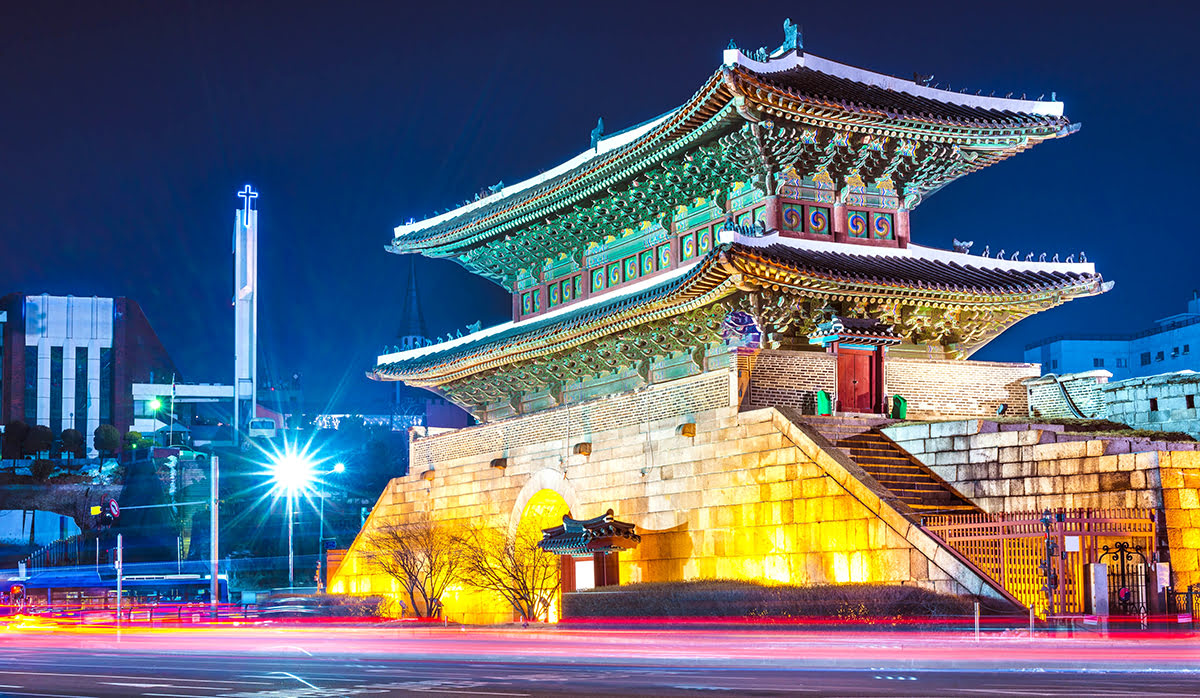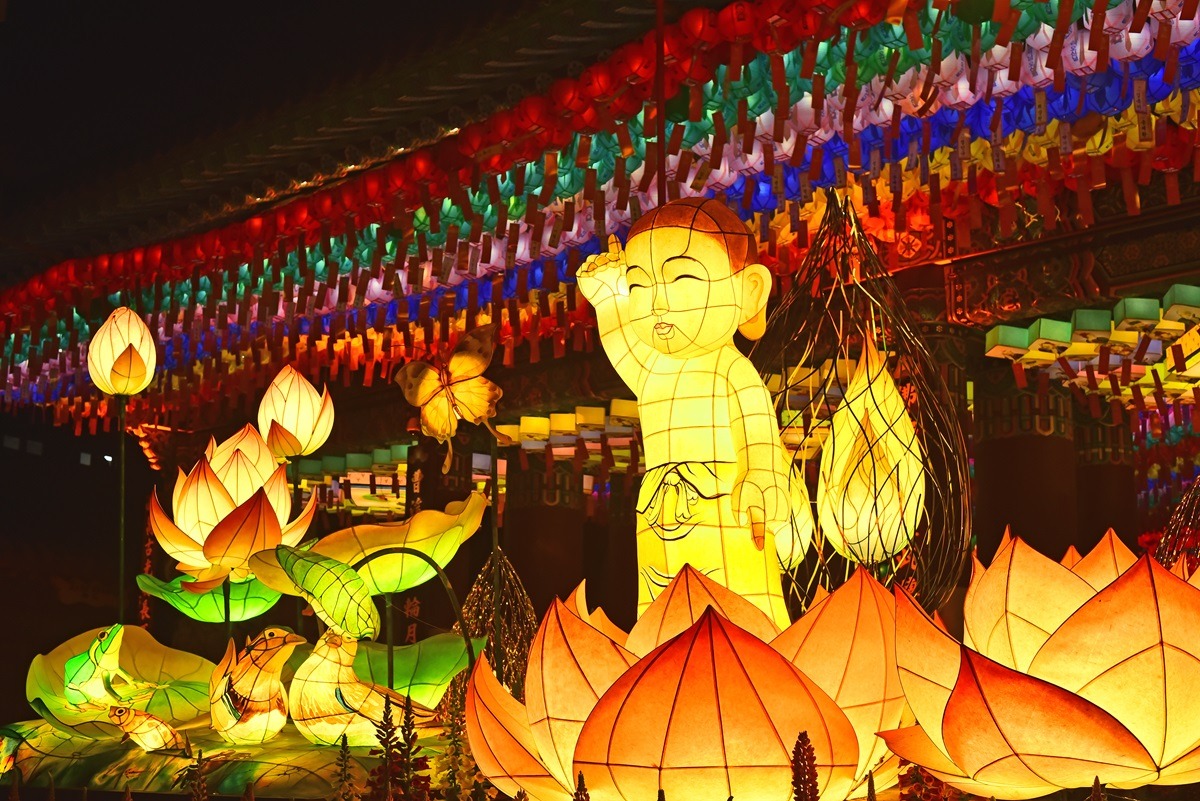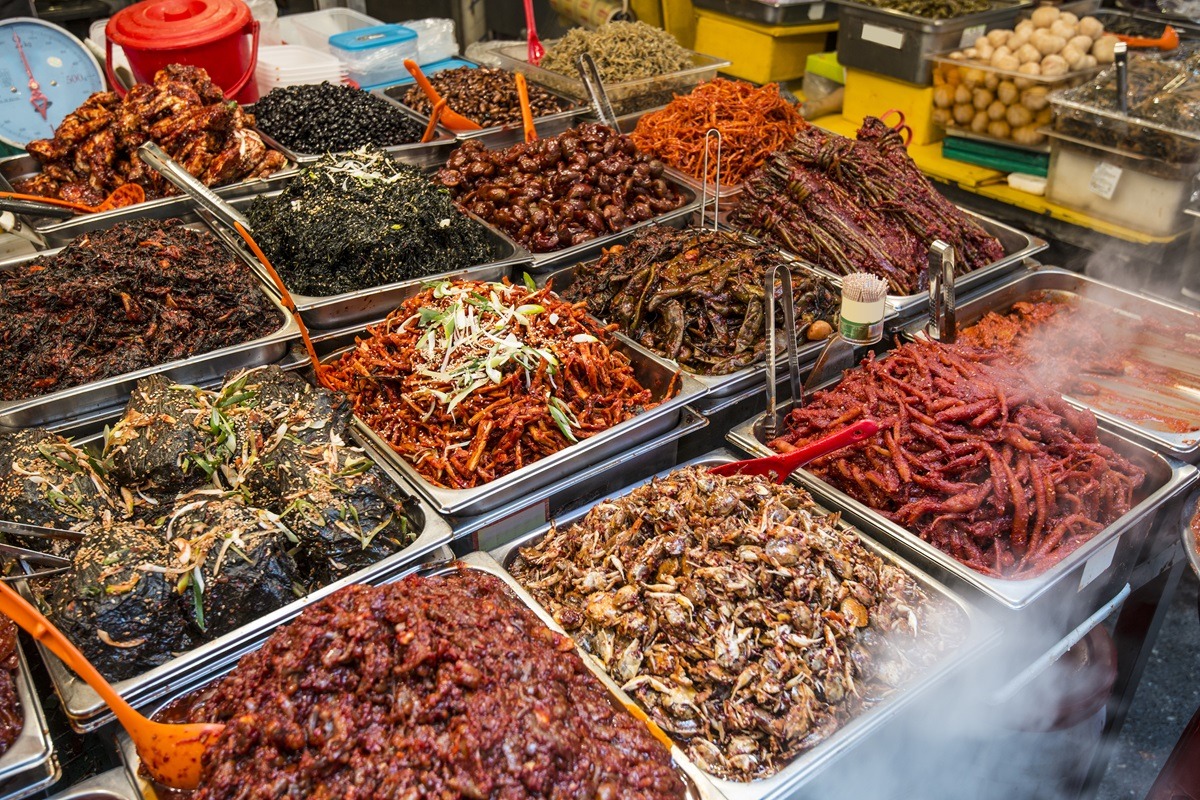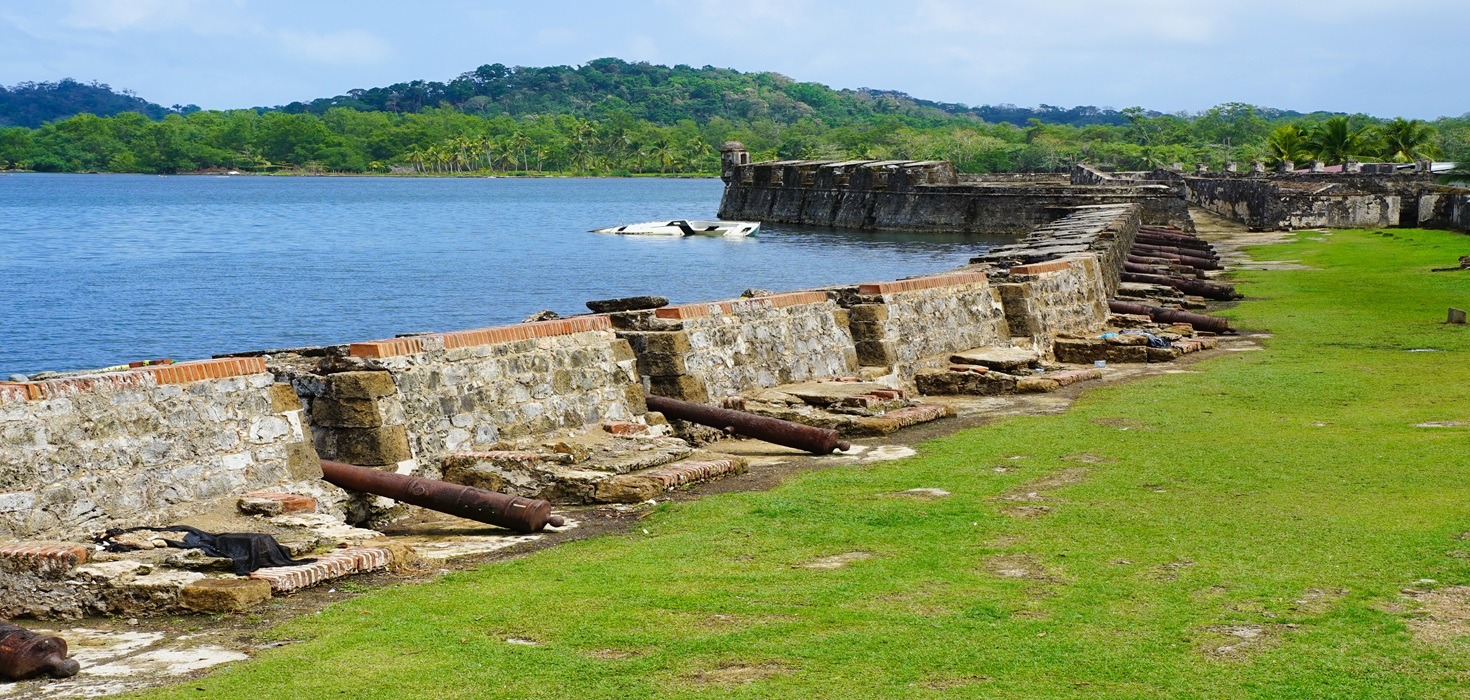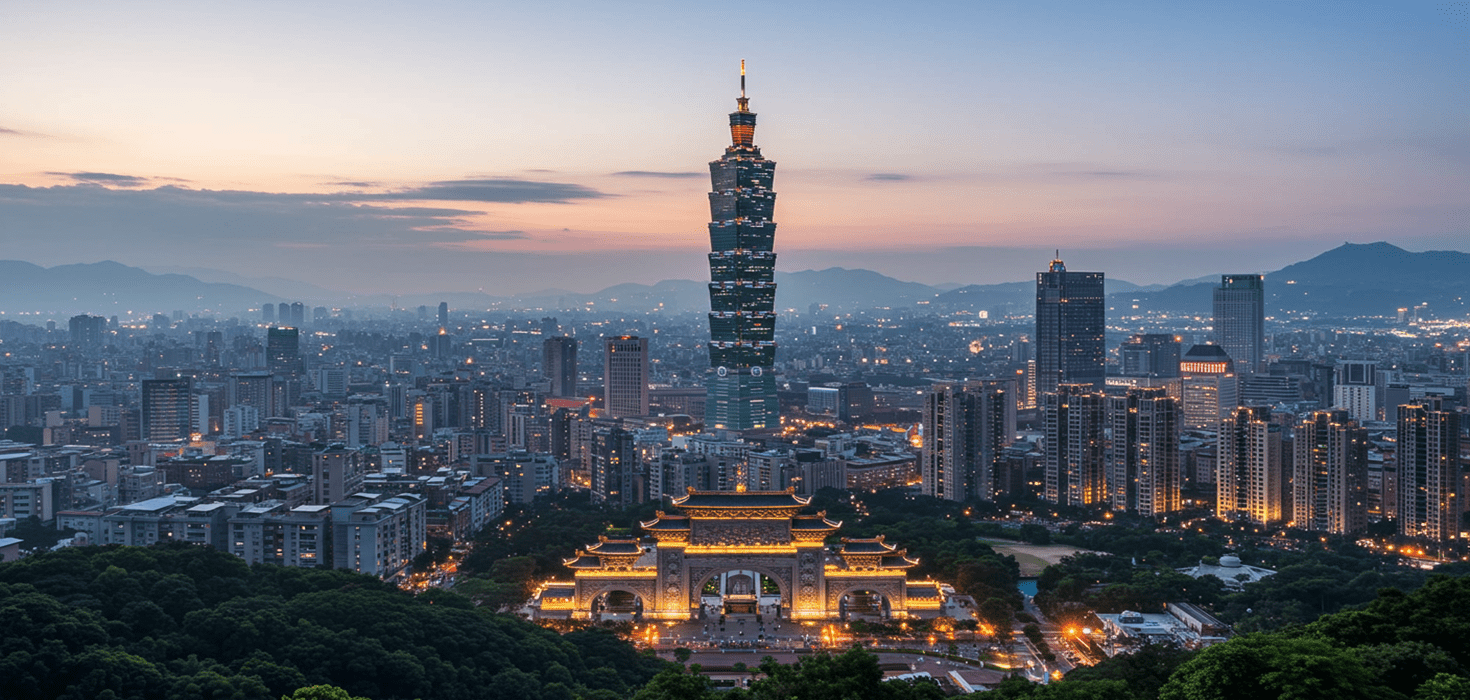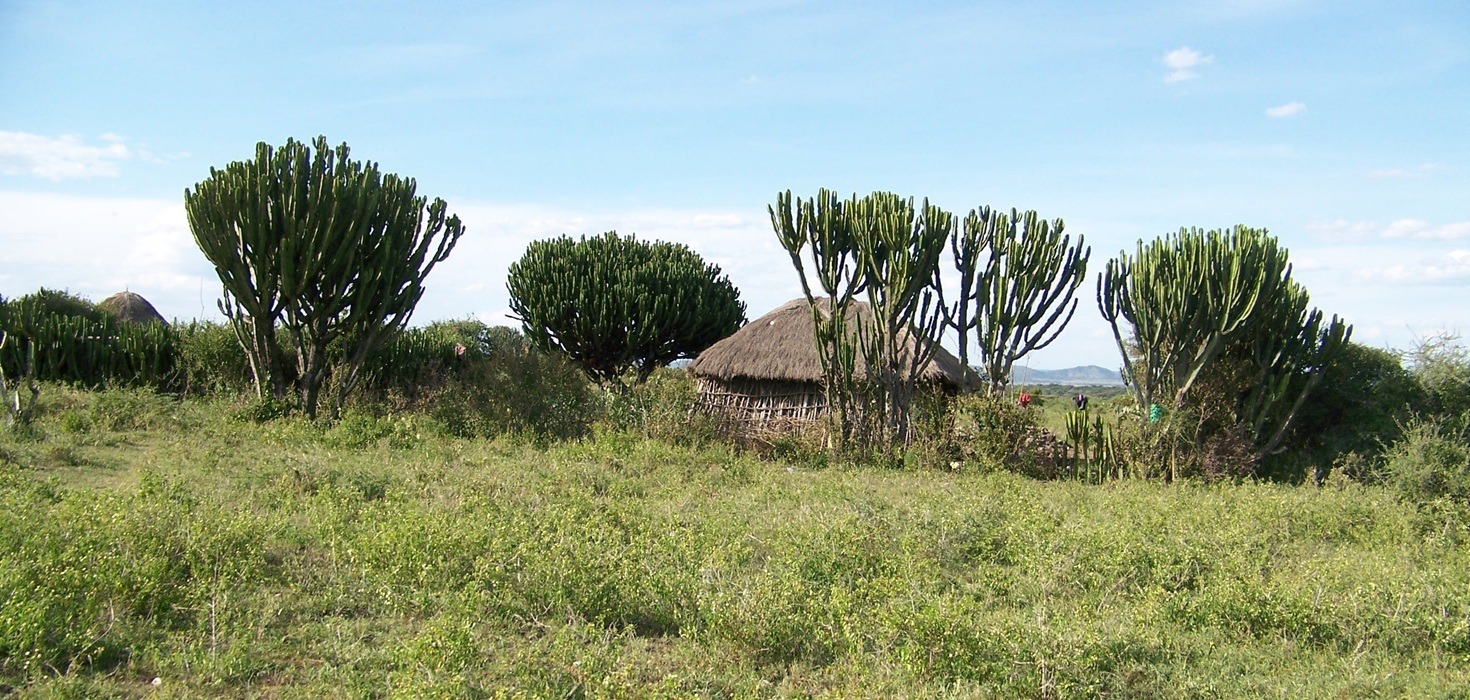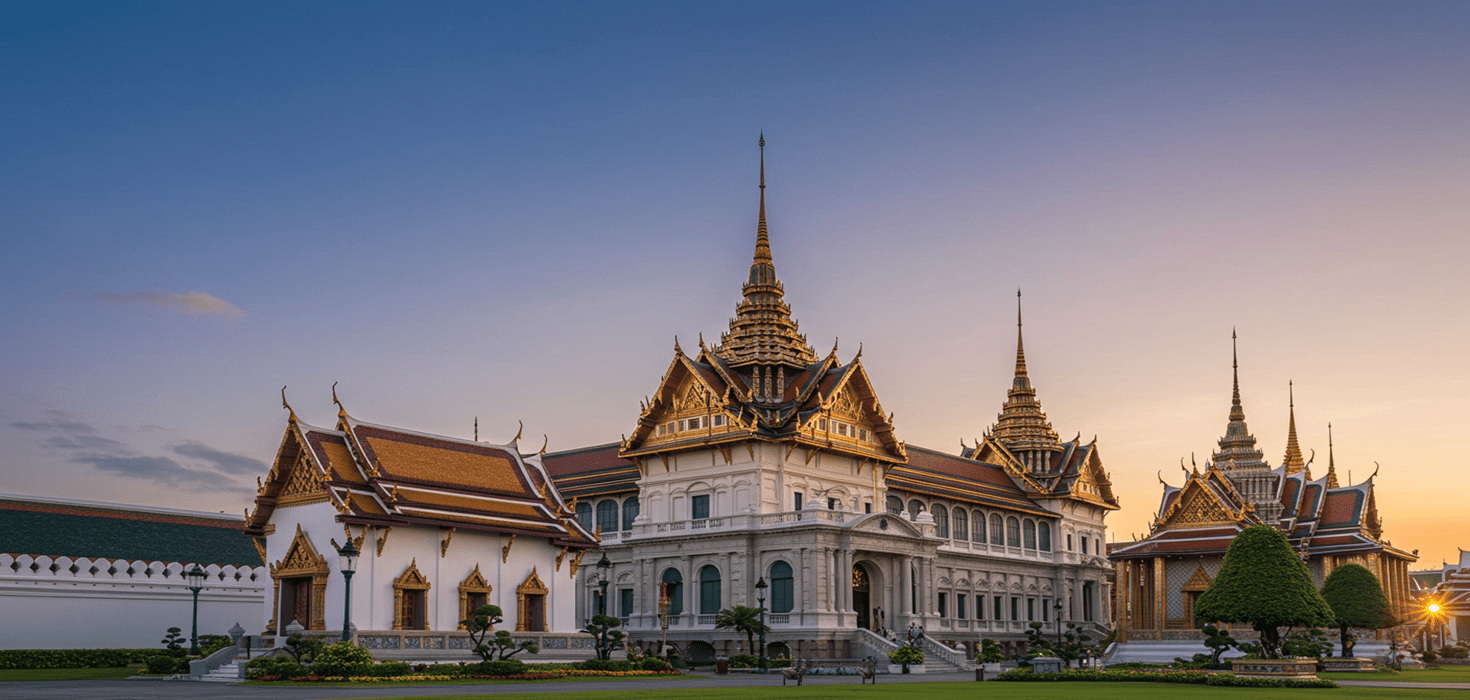As spring ushers in its vibrant palette, Seoul prepares to glow even brighter with the Lotus Lantern Festival, a time-honored celebration steeped in spirituality, culture, and dazzling light. This comprehensive guide invites you to immerse yourself in the heart of South Korea as we explore the enchanting Lotus Lantern Festival set for 2024, offering a blend of the traditional and the innovative in a spectacle of light that honors the enduring spirit of Buddhism in Korea.
The Festival at a Glance
The Lotus Lantern Festival, or ‘Yeon Deung Hoe,’ as it is locally known, marks one of the most picturesque times to visit Seoul. With its origins dating back over a thousand years, the festival celebrates Buddha’s birthday and spreads a message of peace and enlightenment, transforming the bustling cityscape into a serene haven of light and color. Participants and spectators alike can look forward to a myriad of activities, from lantern-making workshops to awe-inspiring parades featuring thousands of hand-crafted lanterns carried through the city streets.
Where and When to Experience the Magic
The heart of the festival’s activities takes place in the historic district of Jongno, with the grand parade stretching from Dongdaemun Gate to Jogyesa Temple, a sight not to be missed. The festival is set to illuminate Seoul in May 2024, with key events spanning several days, offering both locals and travelers ample opportunity to partake in its timeless traditions and festivities.
Highlights and Must-Sees
Lantern Parade Extravaganza
A signature event of the festival, the Lantern Parade, showcases an array of intricately designed lanterns, from lotus-shaped wonders to colossal floats depicting scenes from Buddhist lore and Korean history. It’s a spectacular procession that paints the streets in vibrant hues, accompanied by traditional music and dance performances, creating a mesmerizing atmosphere that captivates all who witness it.
Cultural Activities and Workshops
For those eager to dive deeper into Korea’s rich cultural heritage, the festival offers a variety of workshops and activities. Engage in the art of lantern-making, where craftsmen share the intricate process of crafting traditional Korean lanterns, or explore the significance of lanterns in Buddhist rituals and their symbolic meaning of spreading light and wisdom.
Sampling Seoul’s Culinary Delights
No festival experience is complete without indulging in the local cuisine. The Lotus Lantern Festival is no exception, with streets lined with vendors offering everything from tantalizing street food to gourmet dishes that are sure to satisfy your culinary curiosity.
Detailed Day-by-Day Itinerary for a Memorable Festival Week
Day 1: Arrival and Exploration
Begin your festival journey with a leisurely exploration of Seoul’s vibrant streets around Jongno and Insadong. Acquaint yourself with the local culture and cuisine, setting the stage for the festivities ahead.
Day 2: Cultural Immersion and Temple Visit
Embark on a curated city tour to explore historical sites and modern marvels, bridging Seoul’s past and present. Conclude the day with a serene visit to Bongeunsa Temple, participating in an evening meditation session.
Day 3: Lantern Making and Evening Parade
Participate in a lantern-making workshop at Jogyesa Temple, gaining hands-on experience in the traditional art. As dusk falls, secure a spot along Jongno Street to witness the awe-inspiring Lantern Parade unfold.
Day 4: Festival Highlights and Street Food Adventure
Delve deeper into the festival’s heart, attending cultural performances and exploring artisan stalls. Treat your taste buds to a street food safari in Myeongdong, savoring Korea’s culinary delights.
Day 5: Departure or Extended Exploration
Conclude your festival experience with a visit to the DMZ or a relaxing day in one of Seoul’s renowned spas. For those staying longer, consider a day trip to the picturesque Nami Island.
Culinary Deep Dive: Savoring Seoul’s Flavors
Seoul’s gastronomic landscape is as diverse and colorful as its lantern-lit streets during the festival. Venture beyond the familiar and explore traditional temple cuisine, a plant-based diet rooted in Buddhist principles. Local markets like Gwangjang Market offer an authentic taste of Korea with dishes such as mung bean pancakes and bibimbap. For a contemporary twist, the streets of Hongdae teem with fusion cuisine and inventive snacks, ensuring your culinary journey is as enlightening as the festival itself.
Nightlife and Evening Entertainment: Seoul After Dark
Seoul transforms as the sun sets, with a nightlife scene as dynamic as its daytime hustle. The districts of Itaewon and Gangnam come alive with bars, clubs, and 24-hour cafes catering to all tastes. For a unique evening, visit a traditional tea house in Insadong or enjoy a Han River night cruise, offering serene views of Seoul’s illuminated skyline.
Practical Information for Travelers
Transportation in Seoul
Navigating Seoul is convenient thanks to its efficient public transport network. The Seoul Metro connects major festival venues and attractions. For a seamless experience, consider purchasing a T-Money card, accepted on buses, subways, and even in taxis.
Weather and What to Pack
May in Seoul is pleasantly warm with an occasional cool breeze, perfect for outdoor festivities. Light, comfortable clothing with a layer for the evenings is advisable. Don’t forget to pack a small umbrella or raincoat, as spring showers are common.
Language and Communication
While English is widely spoken in Seoul, learning a few basic Korean phrases can enrich your interactions. Smartphone apps for translation and navigation are invaluable tools for the modern traveler.
Currency and Payments
South Korea’s currency is the Won (₩). Credit cards are widely accepted, but it’s wise to carry some cash for small purchases, especially in markets or when using taxis.

